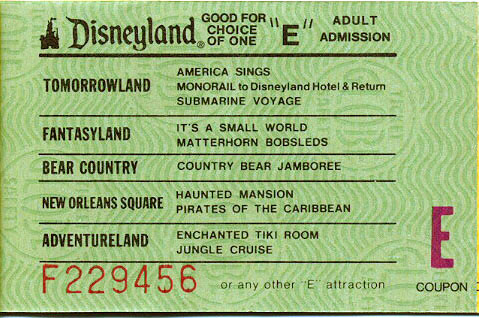100 Girlfriends
There is a passage, in my song Real Girl, that clearly showcases both kinds of dissonance — the kind that comes from harmonic distance, and the kind that comes from reverse polarity.
This melodic passage occurs many times in the song, and it contains a rather dizzying series of tensions and resolutions. My friend Jody Mulgrew, who has an exquisite sense of pitch, experienced actual nausea the first time he heard the song. He told me, “I was wondering how to tell my friend Gary that I didn’t like his new song. Then, before the chorus, it started to sweeten up, and when the song was over I immediately hit the ‘replay’ button. I realized it was just tension and resolution.”
I think my friend was experiencing what I call tonal vertigo. His comment spurred some of my thinking on the nature of harmony, how it may be a byproduct of our orientation software. The “100 girlfriends” section is a roller coaster ride in the tonal gravity field. Here it is in its original form:
Now to slow it way down and take it apart.
The first dissonant melody move is to the 7. The interval is a major seventh, down a half step in pitch, and the harmonic distance is great enough (3×5=15) that the note is quite dissonant. But the bass, alternating between 1 and 5 as so many bass lines do, quickly moves to resolve the dissonance.
Note that there is still an unresolved, unfinished feeling. Even though everything you can hear is beautifully consonant, the ear still remembers that the real root of the chord is the 1. This memory is crucial to tonal music.
The next move creates a different kind of dissonance. This is the tension of reverse polarity.
First the melody moves to the 1. This note is right next to that 5 in the bass, and beautifully harmonious. But there is tension, because it’s a reciprocal note. The way to get from a 5 to a 1 is to divide by 3 — it’s one move to the left on the lattice.
Then it makes a crazy move, to the b6, that gives me vertigo. Not only is this note distant from the bass note (a factor of 15), but it’s the reciprocal version of the major seventh, its mirror twin, the minor second. You’re dividing by 15, rather than multiplying. Here’s the article that explains why this is such an important difference.
If this weren’t enough, the b6 is also a reciprocal of the root. Remember, even though the bass is the 5, the root is still the 1. The b6 is the mirror twin of the 3, an intensely reciprocal note. So the tension is very high.
And, in two moves, the melody has covered a lot of harmonic territory, all in the reciprocal, Southwest direction. No wonder Jody felt nausea! It’s an E-ticket ride.
Once again, the bass moves to save the day. The chord changes too — that 4 in the bass is the new root. The melody note magically becomes a minor third, not fully consonant, not fully resolved, but a lot better.
In the next post, the famous tritone! Then full resolution.
Next: 100 Girlfriends, Part 2
